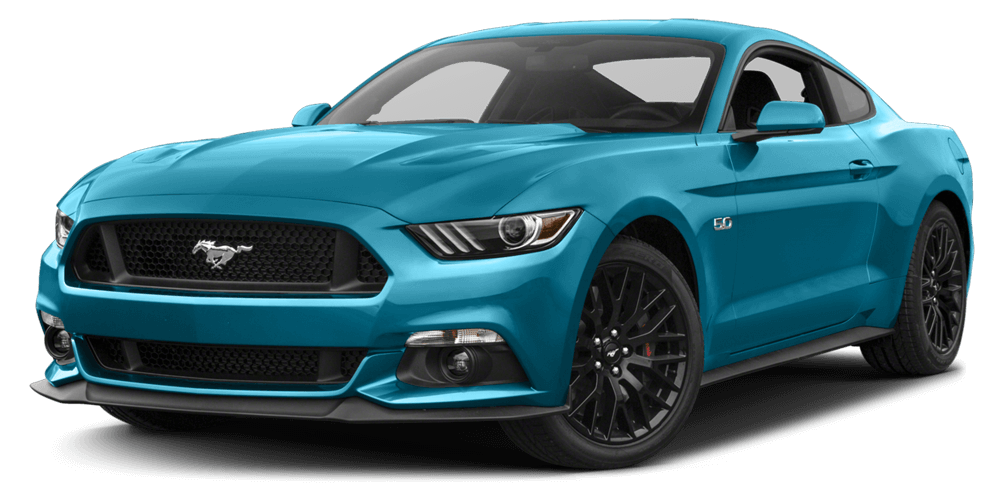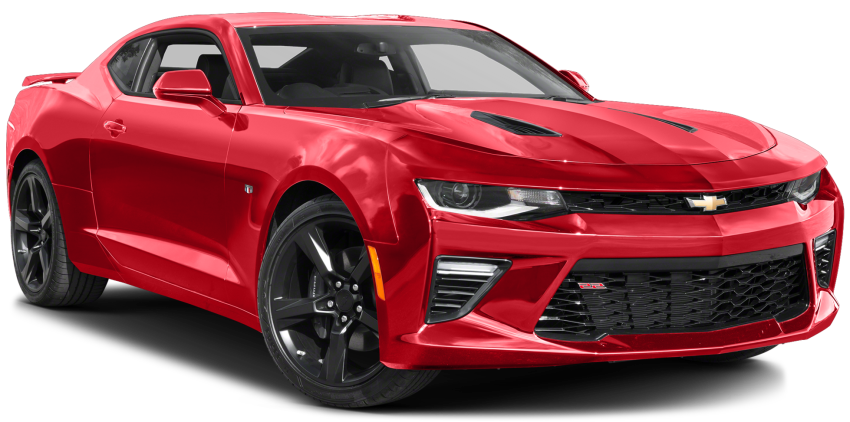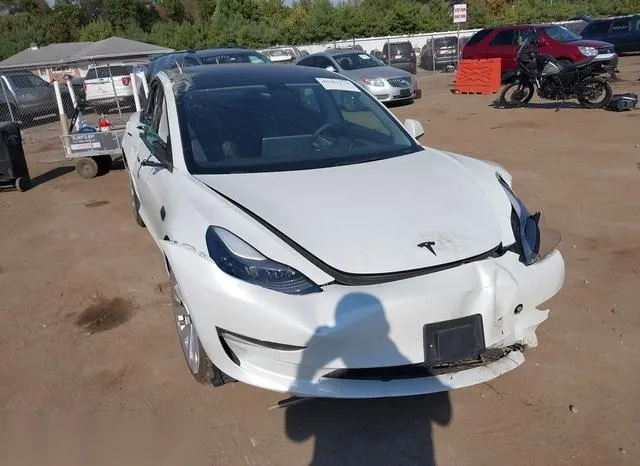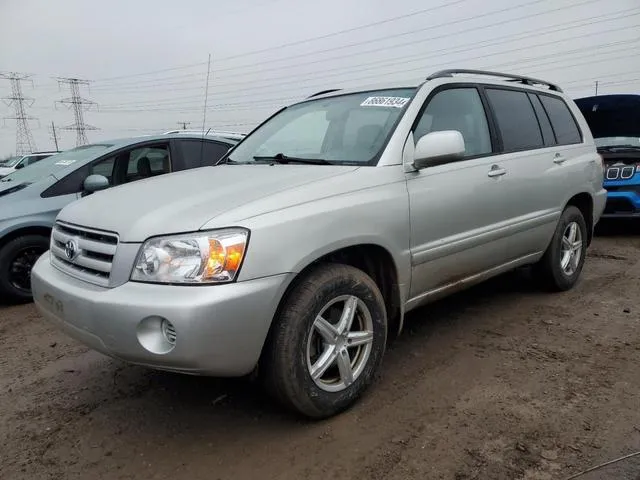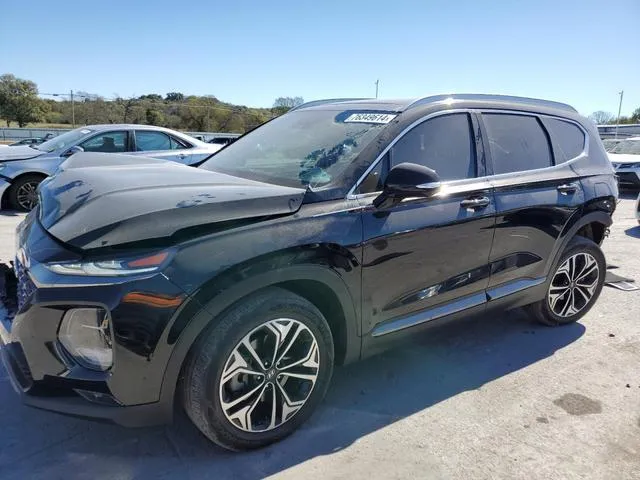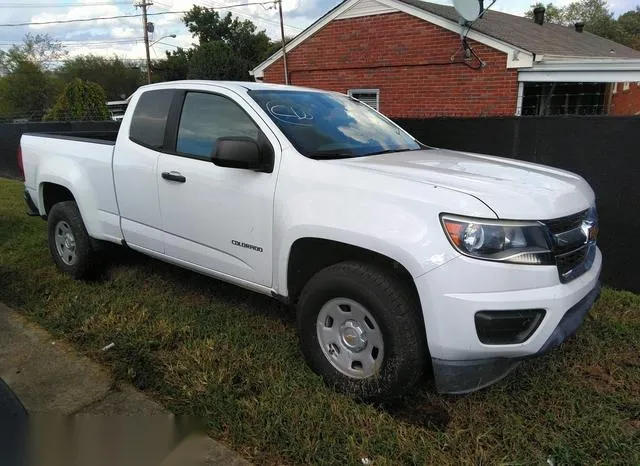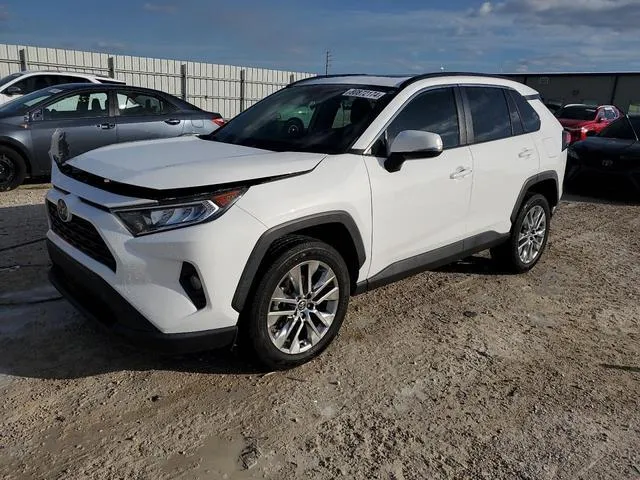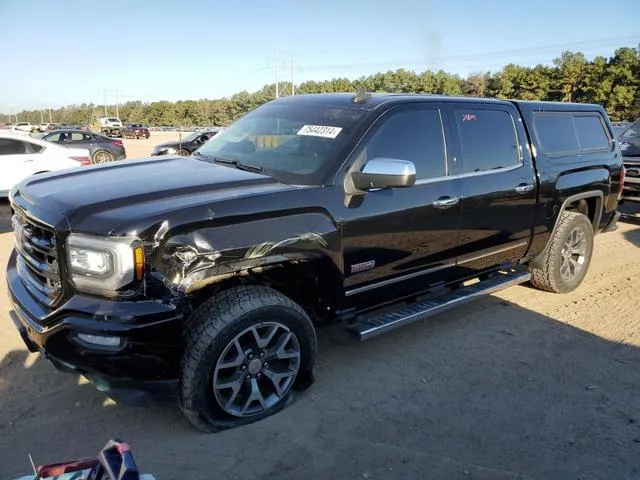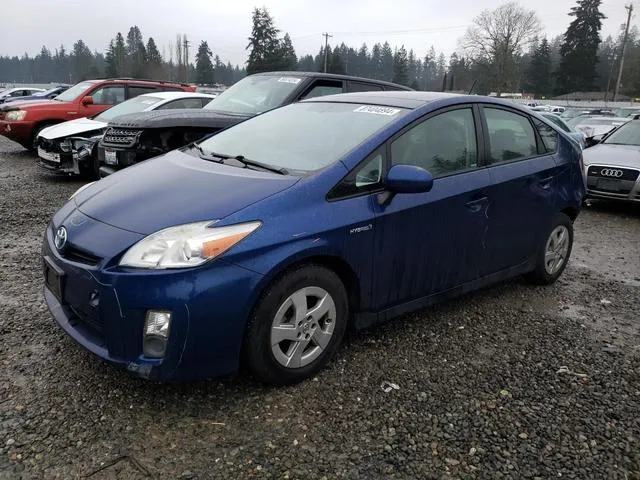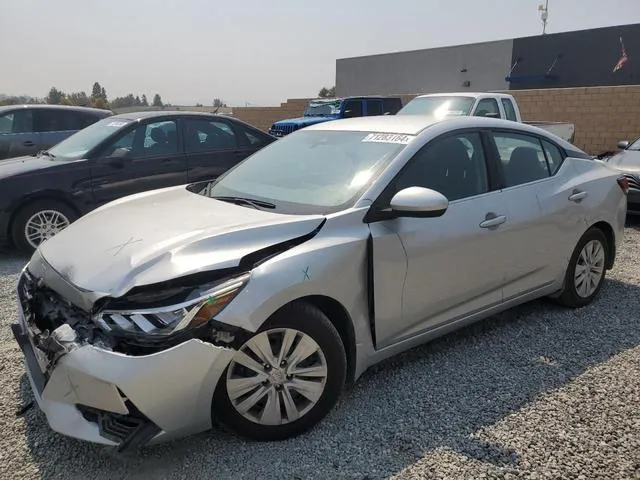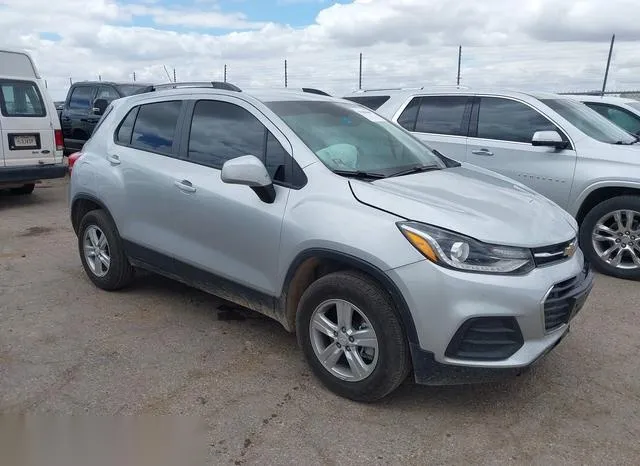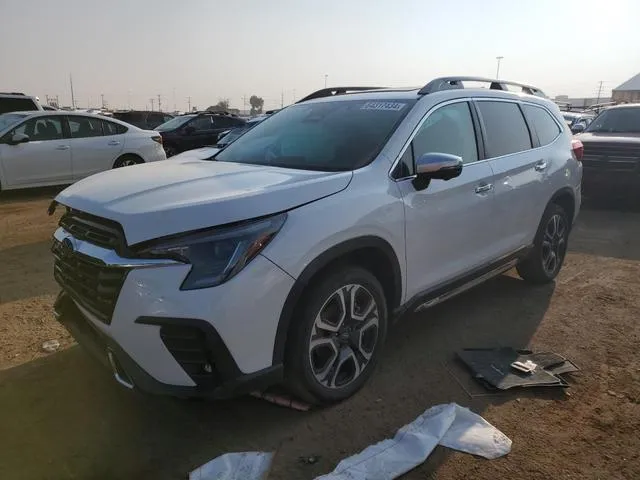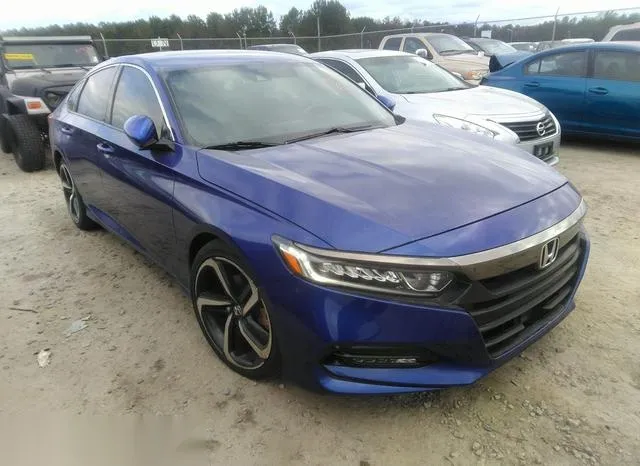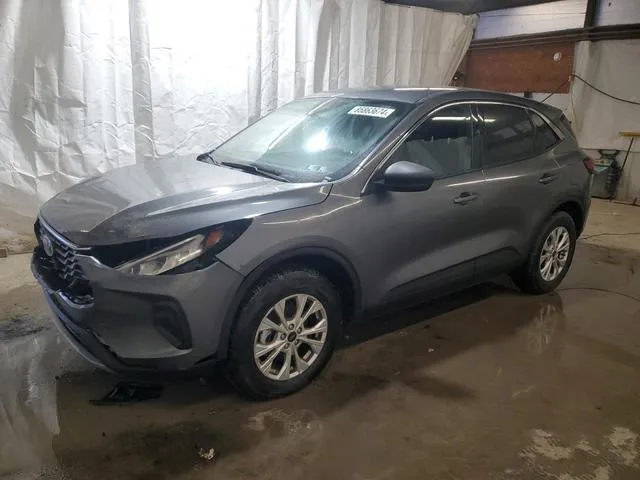The History of Daihatsu and Its Car Models
Daihatsu, one of Japan's oldest and most respected car manufacturers, is renowned for its expertise in producing small cars, kei cars, and off-road vehicles. Established in 1907, Daihatsu has a long history of innovation, efficiency, and compact design. Over the years, Daihatsu's vehicles have become popular around the world, particularly in Asia and Europe, where the brand's practical and fuel-efficient cars have found a loyal customer base. This article will trace the history of Daihatsu and explore its most iconic car models, highlighting their production years and unique characteristics.
1. The Origins of Daihatsu (1907-1950)
Daihatsu Motor Co., Ltd. was founded in 1907 as Hatsudoki Seizo Co., specializing in the production of internal combustion engines. The company initially focused on building engines for industrial use, but by the 1930s, it began producing small vehicles. It wasn't until after World War II that Daihatsu fully entered the automotive market. In 1951, the company changed its name to Daihatsu, reflecting its transition from industrial engines to car manufacturing.
| Model | Production Years | Description |
|---|---|---|
| Daihatsu Bee | 1951-1952 | The Daihatsu Bee was one of the company's first vehicles, a small, three-wheeled truck aimed at the commercial market. It was designed for post-war Japan’s need for efficient, economical transport, and was powered by a two-stroke engine. The Bee was primarily used by small businesses for deliveries. |
2. The 1960s: Entering the Passenger Car Market
The 1960s saw Daihatsu expand into the passenger car market, with a focus on compact vehicles and kei cars, which are small cars regulated by Japan's kei car laws. This period also marked Daihatsu's reputation for creating practical, affordable vehicles that were ideal for urban driving.
| Model | Production Years | Description |
|---|---|---|
| Daihatsu Fellow | 1966-1970 | The Daihatsu Fellow was one of the company's first kei cars, offering a compact and affordable solution for Japanese consumers. It had a 360 cc engine, which was the maximum allowed for kei cars at the time. The Fellow was praised for its small size, making it easy to maneuver in tight city streets. |
| Daihatsu Compagno | 1963-1970 | The Compagno was Daihatsu's first compact passenger car and was available as a sedan, station wagon, and pickup truck. It was powered by a 797 cc or 958 cc engine and was popular in both domestic and export markets due to its reliability and low running costs. |
3. The 1970s: Expanding Internationally
In the 1970s, Daihatsu began expanding its presence internationally, exporting cars to Europe, Southeast Asia, and other markets. The company focused on producing small, fuel-efficient cars, which were increasingly in demand due to the oil crises of the time. Daihatsu also gained a reputation for building rugged and reliable off-road vehicles.
| Model | Production Years | Description |
|---|---|---|
| Daihatsu Taft | 1974-1984 | The Daihatsu Taft (Tough and Almighty Four-wheel Touring) was a compact off-road vehicle that gained popularity for its ruggedness and ability to tackle difficult terrain. Available with both gasoline and diesel engines, the Taft was used in rural areas and for light-duty off-road work. It was an early precursor to Daihatsu’s expertise in the SUV market. |
| Daihatsu Charade | 1977-2000 | The Daihatsu Charade was a subcompact car that became one of the brand’s best-selling models globally. It was renowned for its fuel efficiency and practicality, and it won the "Car of the Year" award in Japan in 1979. Over the years, the Charade evolved into a versatile small car, available in hatchback and sedan versions. |
4. The 1980s: Focusing on Innovation and Efficiency
During the 1980s, Daihatsu continued to build on its reputation for producing small, efficient cars. The company also began collaborating with Toyota, which led to increased technological advancements and access to new markets. This era saw the release of several successful models, both in the kei car category and beyond.
| Model | Production Years | Description |
|---|---|---|
| Daihatsu Rocky (Feroza) | 1989-2002 | The Daihatsu Rocky, also known as the Feroza in some markets, was a compact SUV designed for both on- and off-road driving. It featured a sturdy chassis, four-wheel drive, and a range of engine options. The Rocky was popular in markets like Australia and Southeast Asia, where rugged off-road capability was essential. |
| Daihatsu Mira | 1980-present | The Daihatsu Mira is a kei car that has been one of the brand’s most enduring models. Known for its compact size, fuel efficiency, and affordability, the Mira became a staple in the Japanese market, particularly in urban areas where space and cost savings are priorities. The Mira has been sold in many versions, including as a van and a hatchback. |
5. The 1990s: Joint Ventures and Global Expansion
In the 1990s, Daihatsu continued to expand internationally, and its partnership with Toyota deepened. This era saw the introduction of several new models that catered to both domestic and international markets. Daihatsu focused on producing small cars that were both affordable and reliable, contributing to its growing presence in developing markets.
| Model | Production Years | Description |
|---|---|---|
| Daihatsu Terios | 1997-present | The Daihatsu Terios is a small SUV designed for urban driving with light off-road capabilities. It became popular due to its compact size, versatility, and affordability. The Terios has been updated several times over the years and remains a key model in Daihatsu's lineup, particularly in developing markets where rugged, affordable SUVs are in demand. |
| Daihatsu Move | 1995-present | The Daihatsu Move is a kei car designed for urban living. It is a tall, compact hatchback that maximizes interior space while maintaining a small footprint. The Move became popular in Japan for its practicality, efficient use of space, and fuel economy. |
| Daihatsu Sirion (Storia) | 1998-2015 | The Daihatsu Sirion, also known as the Storia in some markets, is a subcompact car designed for urban and suburban drivers. It offered a blend of practicality, fuel efficiency, and reliability, and it became a popular choice in Europe and Asia. It was available in both three-door and five-door hatchback versions. |
6. The 2000s: Strengthening the Toyota Partnership
In 1999, Toyota became the majority shareholder of Daihatsu, further strengthening their partnership. This alliance allowed Daihatsu to leverage Toyota’s vast resources and technology, which helped the brand enhance its product lineup and global presence. During this time, Daihatsu continued to produce compact cars, kei cars, and SUVs that fit the evolving demands of consumers in both developed and emerging markets.
| Model | Production Years | Description |
|---|---|---|
| Daihatsu Boon | 2004-present | The Daihatsu Boon is a subcompact car that shares its platform with the Toyota Passo. It was designed for urban drivers seeking a small, practical car with excellent fuel economy. The Boon has been praised for its spacious interior relative to its small exterior dimensions, making it ideal for city living. |
| Daihatsu Copen | 2002-present | The Daihatsu Copen is a two-seater convertible sports car that is part of the kei car segment. It is known for its stylish design, lightweight construction, and sporty handling. The Copen became popular for its fun driving experience and compact size, making it a unique offering in the kei car market. |
7. The 2010s and Beyond: Focus on Small Cars and Emerging Markets
In the 2010s, Daihatsu solidified its role as a specialist in small cars and kei cars, with a focus on emerging markets. The company continued to develop practical and affordable vehicles that catered to the needs of both Japanese consumers and those in countries with growing economies. Daihatsu's focus on small, fuel-efficient cars aligns with the increasing demand for environmentally friendly vehicles.
| Model | Production Years | Description |
|---|---|---|
| Daihatsu Tanto | 2003-present | The Daihatsu Tanto is a kei car designed with an emphasis on maximizing interior space. It features a tall body style, which allows for greater headroom and a more spacious cabin. The Tanto is particularly popular in Japan, where space-saving vehicles are highly sought after. |
| Daihatsu Ayla | 2013-present | The Daihatsu Ayla is a small, low-cost car designed primarily for emerging markets like Indonesia. It is known for its affordability, fuel efficiency, and simplicity, making it an attractive option for first-time car buyers. The Ayla is part of Daihatsu’s strategy to capture the growing demand for budget-friendly cars in developing countries. |
| Daihatsu Sigra | 2016-present | The Daihatsu Sigra is a compact MPV designed for families in emerging markets. It offers seating for up to seven passengers and provides a balance between practicality, space, and affordability. The Sigra has been well-received in countries like Indonesia, where demand for affordable multi-purpose vehicles is high. |
8. Daihatsu's Legacy and Future
Daihatsu’s legacy as a manufacturer of small, efficient, and practical cars is well-established. The brand’s focus on kei cars and compact vehicles has made it a leader in the Japanese market and a key player in other parts of Asia. With Toyota's backing, Daihatsu is poised to continue its role as a producer of economical cars that meet the needs of both developed and developing markets. As the automotive industry moves towards electrification and sustainability, Daihatsu’s expertise in small cars positions it well to adapt to these changes.
Conclusion
Daihatsu’s history is a testament to its ability to innovate and adapt to changing market demands. From its beginnings as an engine manufacturer to its current status as a global leader in small cars, Daihatsu has consistently produced vehicles that are practical, reliable, and affordable. Whether it’s the rugged off-road Taft, the city-friendly Mira, or the stylish Copen, Daihatsu’s cars have carved out a niche for themselves in the competitive automotive world. As the company moves forward, it will continue to build on its strong legacy of compact design and efficiency.



